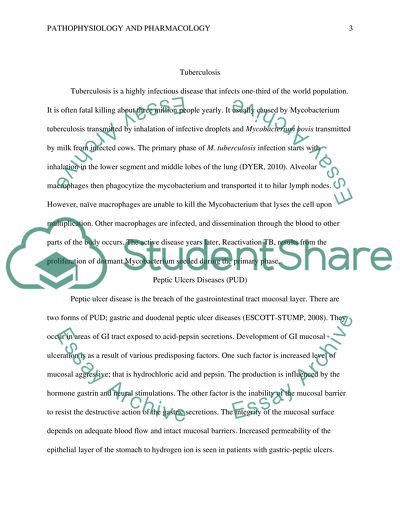Cite this document
(“Pathophysiology and pharmacology Assignment Example | Topics and Well Written Essays - 1750 words”, n.d.)
Pathophysiology and pharmacology Assignment Example | Topics and Well Written Essays - 1750 words. Retrieved from https://studentshare.org/nursing/1687771-pathophysiology-and-pharmacology
Pathophysiology and pharmacology Assignment Example | Topics and Well Written Essays - 1750 words. Retrieved from https://studentshare.org/nursing/1687771-pathophysiology-and-pharmacology
(Pathophysiology and Pharmacology Assignment Example | Topics and Well Written Essays - 1750 Words)
Pathophysiology and Pharmacology Assignment Example | Topics and Well Written Essays - 1750 Words. https://studentshare.org/nursing/1687771-pathophysiology-and-pharmacology.
Pathophysiology and Pharmacology Assignment Example | Topics and Well Written Essays - 1750 Words. https://studentshare.org/nursing/1687771-pathophysiology-and-pharmacology.
“Pathophysiology and Pharmacology Assignment Example | Topics and Well Written Essays - 1750 Words”, n.d. https://studentshare.org/nursing/1687771-pathophysiology-and-pharmacology.


